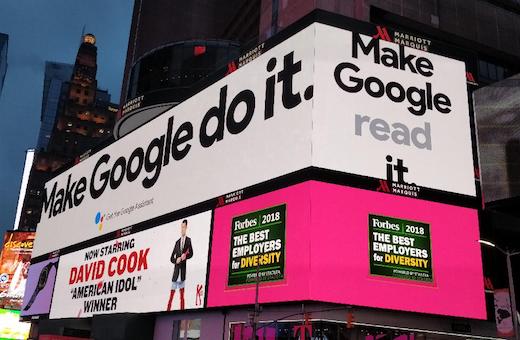A globalised economy, but socially diverse behavioural patterns
A globalised Economy indeed, but socially diverse. Yesterday, I got an e-mail by Stan Relihan, an extremely well-connected user of linkedIn. In a recent podcast, he explains how he uses LinkedIn to generate business relationships. His description of his usage of linked in is different from what we hear ordinarily, that is to say, that you have to invite only people that you know beforehand.
A globalised economy, but socially diverse behavioural patterns

Stan is more in favour of an open network approach, and I think he is entirely right. In this podcast, he proves his point by showing that thanks to LinkedIn he has been able to connect to Vint Cerf himself.
Thanks to my connection to Stan and others, I realised last night that I was only 2 degrees away from Vint too. Amazing!
This podcast triggered a few other thoughts, namely with regard to technology usage in the US and elsewhere and a potential halo effect. It was interesting to hear Stan say that Australians were lagging behind in terms of technology usage (certainly not in sync with their image on this side of the globe). As a matter of fact, this is something that I have heard in almost any country that I have visited, maybe if we except tiny Lithuania, where weather conditions are so adverse that technology now has almost acquired sacred-cow status. In fact, at the end of the day in an ever more globalised world where we think that everything is similar, that we all think the same, that we all behave the same, reality shows that it is not the case at all. In that ever more globalised world, individual country behaviours are still very different. And I have chosen a few examples in a mobile and telecommunications industry to prove my point. Here they are:
Depending on the technology difference in patterns is proven by numbers. Here are a few examples/questions:
- Who are the biggest users of mobile telephony? Italy (in 2007, equipment rate at 150% or the US at 84%)
- have a look namely at this Idate 2007 report on mobile telephony and compare mobile density in Western Europe and US
- Who is the biggest world user (handsdown, one in 3 in the world) of IPTV: US or France? Check Lynette Webb’s article on Futurelab’s blog
- Who are the biggest world users of 3G? Korea, Japan or US? (Idate 2007 report again but page 28)
Now, of course, the US is so big, that in terms of sheer marketMarket definition in B2B and B2C - The very notion of "market" is at the heart of any marketing approach. A market can be defined... value they beat any other country hands down (they ususally account for 50-60% of the world’s market potential but these numbers are decreasing what with the BRIC countries and other emerging markets experiencing double digit growth) .
Tat is really the global paradox in my eyes. We are increasingly similar and uniform and still… behaviour patterns – despite globalisation – are still very very different from one end of the world to the other. At the end of the day, this world is a lot more diverse than people think and I think that this is what is making international business so exciting.
What about you? are you sad that there are differences or on the contrary, do you think that this is a great asset? hit this comment button and share your ideas with us now.
- download the Idate 2007 report on mobile usage
- Nobody understands how AI works - 23/03/2024
- Naturally Smart Writing, Beyond the Artificial - 18/03/2024
- LinkedIn’s new features under the microscope - 14/03/2024




